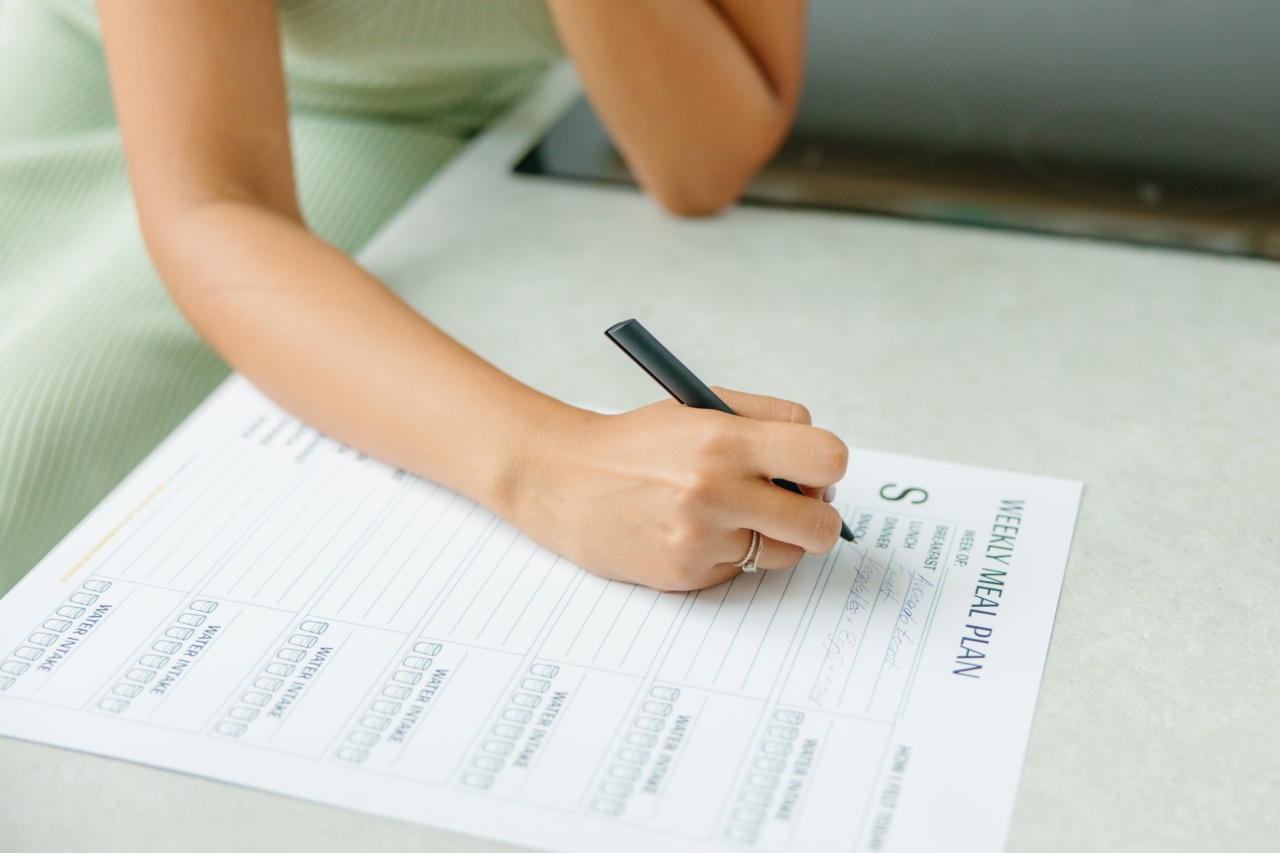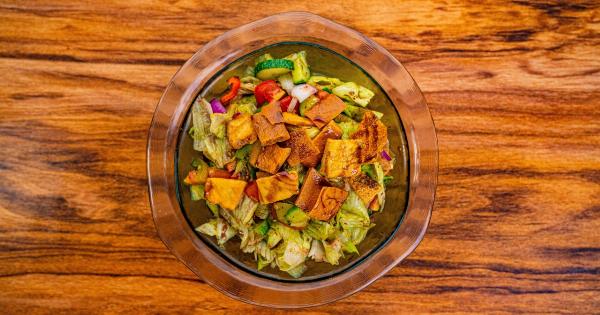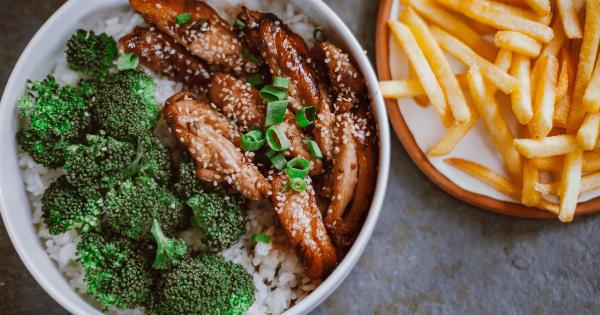A cholecystectomy is a surgical procedure to remove the gallbladder. After this surgery, it is essential to follow a specific diet to aid in recovery and prevent complications. This article will discuss a post-cholecystectomy diet plan.
Why is a post-cholecystectomy diet important?
The gallbladder is a small organ that stores bile, a liquid that aids in the digestion of fats. After the gallbladder is removed, your body can still digest fats, but it may need some time to adjust.
A post-cholecystectomy diet helps reduce the amount of fat your body needs to process, which can help avoid digestive complications such as bloating, diarrhea, and gas.
What foods to avoid after a cholecystectomy?
Some people may experience digestive difficulties immediately after surgery, while others may not. However, it is generally recommended to avoid foods that are high in fat, caffeine, or sugar while following a post-cholecystectomy diet.
Some of these foods include:.
- Fried foods
- Fatty meats such as bacon or sausage
- Creamy or cheesy dishes
- Spicy foods
- Chocolate
- Caffeinated beverages such as coffee or soda
What foods to eat after a cholecystectomy?
Having a post-cholecystectomy diet plan is vital to help your body recover and avoid any discomfort after surgery. Eating a healthy and balanced diet is necessary, including foods that are low in fat, high in fiber, and packed with nutrients.
Some of these foods include:.
- Lean proteins such as chicken, turkey, fish, or legumes
- Fruits and vegetables
- Whole grains such as brown rice or whole wheat bread
- Low-fat dairy products such as milk, yogurt, or cheese
- Nuts and seeds with smaller portions
Meal plan for a post-cholecystectomy diet
The following is a sample meal plan that can help you get started after a cholecystectomy:.
Breakfast
- 1/2 cup oatmeal with 1 sliced banana and 1 tablespoon of almond butter
- 1 small low-fat yogurt
- 1 cup of herbal tea
Morning Snack
- 1 small apple
- 1 tablespoon of peanut butter
Lunch
- Grilled chicken breast with 1 cup of steamed vegetables and 1/2 cup of brown rice
- 1 small orange
- 1 cup of herbal tea
Afternoon Snack
- 1 cup of baby carrots
- 2 tablespoons of hummus
Dinner
- Grilled fish with 1 cup of roasted vegetables and 1 small baked potato
- 1/2 cup of Greek yogurt
- 1 cup of herbal tea
Tips for a successful post-cholecystectomy diet
Following a post-cholecystectomy diet is essential for your recovery and well-being. Here are some tips that may help make the transition to your new diet easier:.
- Avoid eating large meals at once. Instead, try to eat smaller, more frequent meals throughout the day.
- Chew your food slowly and thoroughly to aid digestion.
- Drink plenty of water throughout the day.
- Avoid drinking alcohol, carbonated beverages, and sugary drinks.
- Avoid eating late at night to give your body enough time to digest before sleeping.
Conclusion
A post-cholecystectomy diet is necessary to aid in the recovery process and prevent digestive complications.
Eating a healthy and balanced diet that is low in fat, high in fiber, and nutrient-dense can help you stay on track and ensure a smooth recovery. Remember to follow your doctor’s instructions and consult with a dietitian if you have any questions or concerns about your diet plan.































